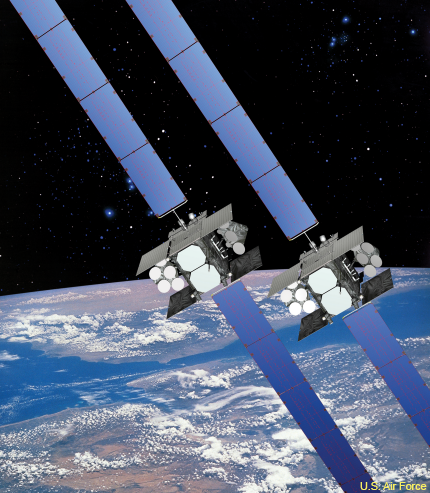Space squadron shuttles wideband satellites, boosting comm power
The 3rd Space Operations Squadron’s relocation efforts are optimizing the military’s wideband communications constellation
The 3rd Space Operations Squadron (SOPS) has been repositioning satellites during a nine-month effort to optimize the military wideband communications constellation. With the addition of new wideband global SATCOM vehicles to the network, the leaders of the Defense Information System Agency, the Air Force, and U.S. Army Strategic Command have instructed the squadron to provide system optimizations.
Designed to provide flexible, high-capacity communications for U.S. armed forces around the entire globe, the communications system is made up of six next-generation Wideband Global SATCOM (WGS) vehicles and eight legacy Defense Satellite Communications System (DSCS) vehicles.
In the last six months, the squadron has added the second and third Block II WGS vehicles to the satellite constellation. According to Boeing, each WGS satellite can route 2.1 to 3.6 gigabytes per second of data, which is more than 10 times the capacity of the legacy DSCS satellites and is the Defense Department’s highest-capacity satellite communications system. They are designed to support and upgrade DOD information exchange functions such as combat support information, battle management, and tactical C4ISR.

Optimization of the satellite constellation began after the Wideband Constellation Sustainment Assessment team proposed optimization plans to the 3rd SOPS, which then determined possible actions and movements for each satellite, as reported by Space Daily.
"It was a daunting task," said Capt. Matt Shull, the orbital analysis chief with the 3rd SOPS. "Some of these satellite moves involved large-scale relocations equal to 177,000 miles of movement in geostationary orbit. We had to create an optimization plan and collision avoidance plan for each vehicle, then determine where we could safely operate at the proposed location and how to safely move there."
The entire satellite constellation represents $3.9 billion in U.S. government assets. Members of the 3rd SOPS orbital analysis team, required to undergo a rigorous training and certification process, have to pay attention to tracking and command links and deconflicting telemetry in order to relocate the vehicles within the Earth’s orbit. Adding further difficulty to the task, DSCS and WGS satellites use different propulsion systems.
The squadron is still in the process of moving vehicles and optimizing the system, Shull said. The initiative is predicted to be completed by late February.
NEXT STORY: Lockheed powers up second GPS III satellite




